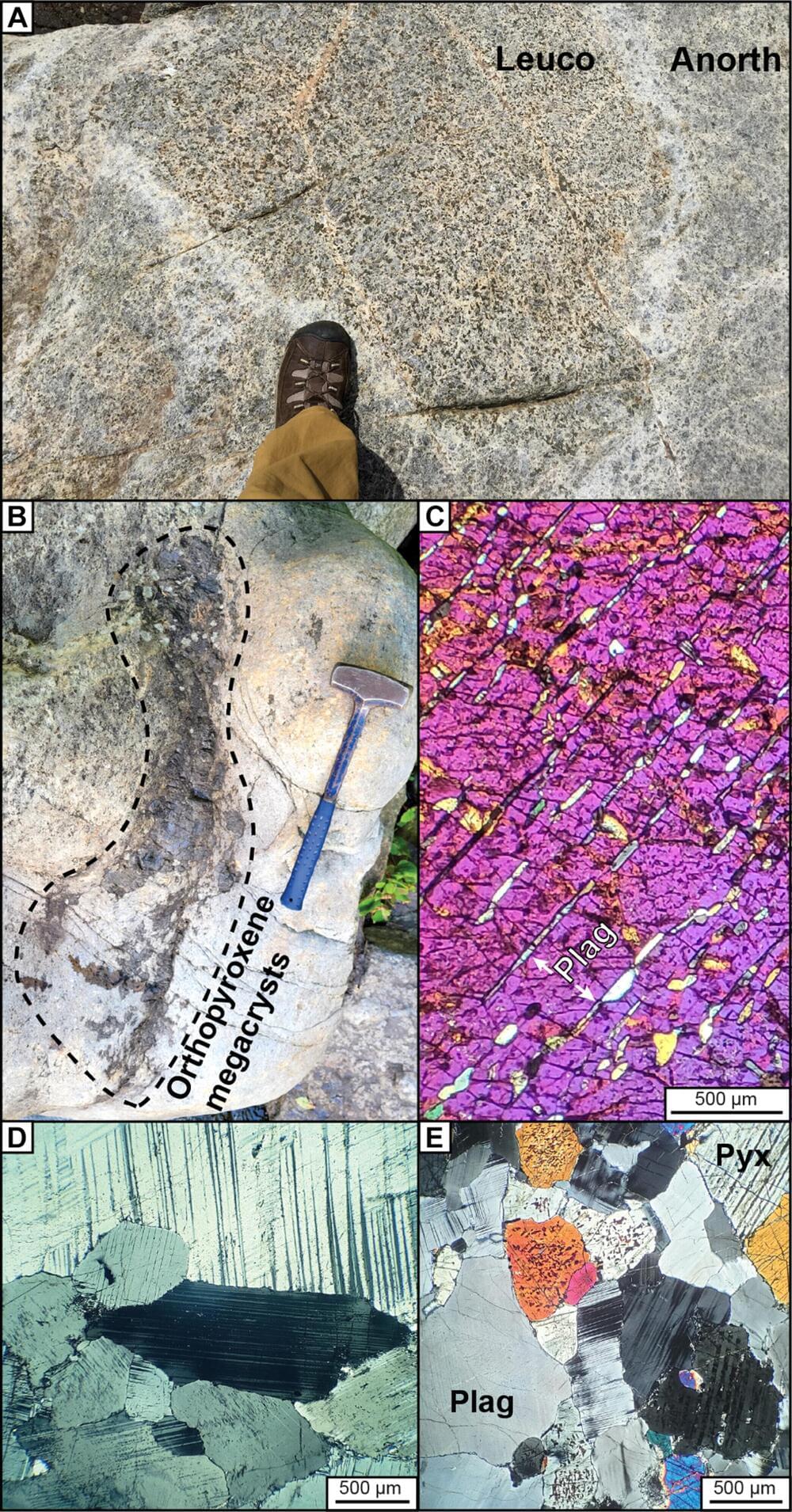Researchers have developed a revolutionary two-photon fluorescence microscope that captures neural activity at high speed and cellular resolution, offering unprecedented insights into brain function.
This new approach, which images faster and with less harm to brain tissue than traditional methods, could transform our understanding of how neurons communicate in real-time, potentially leading to breakthroughs in treating neurological diseases like Alzheimer’s and Parkinson’s.
High-Speed Brain Imaging Breakthrough









